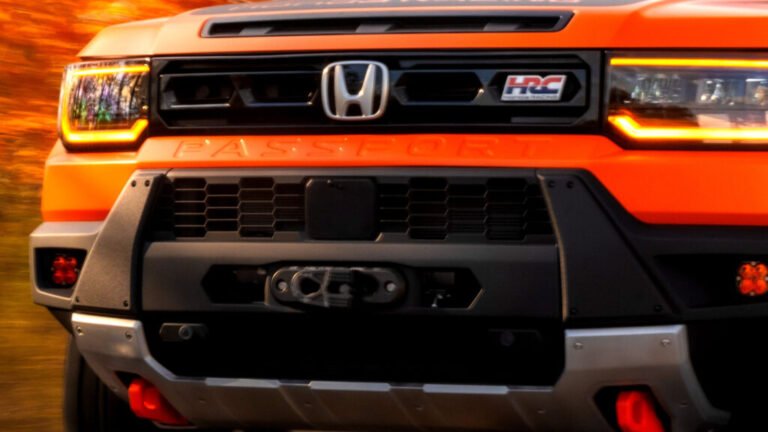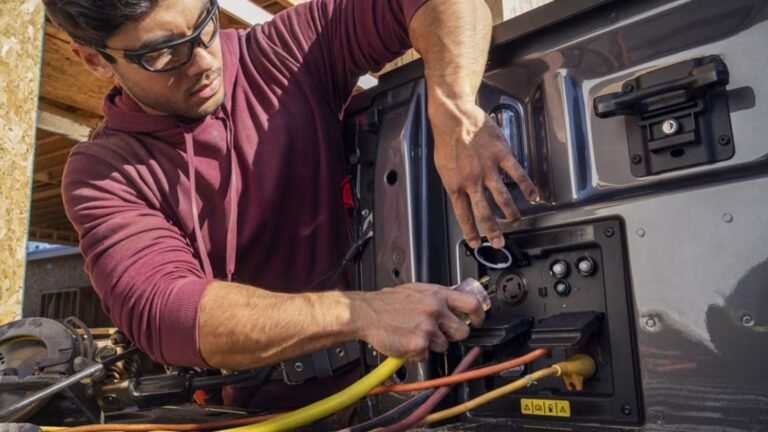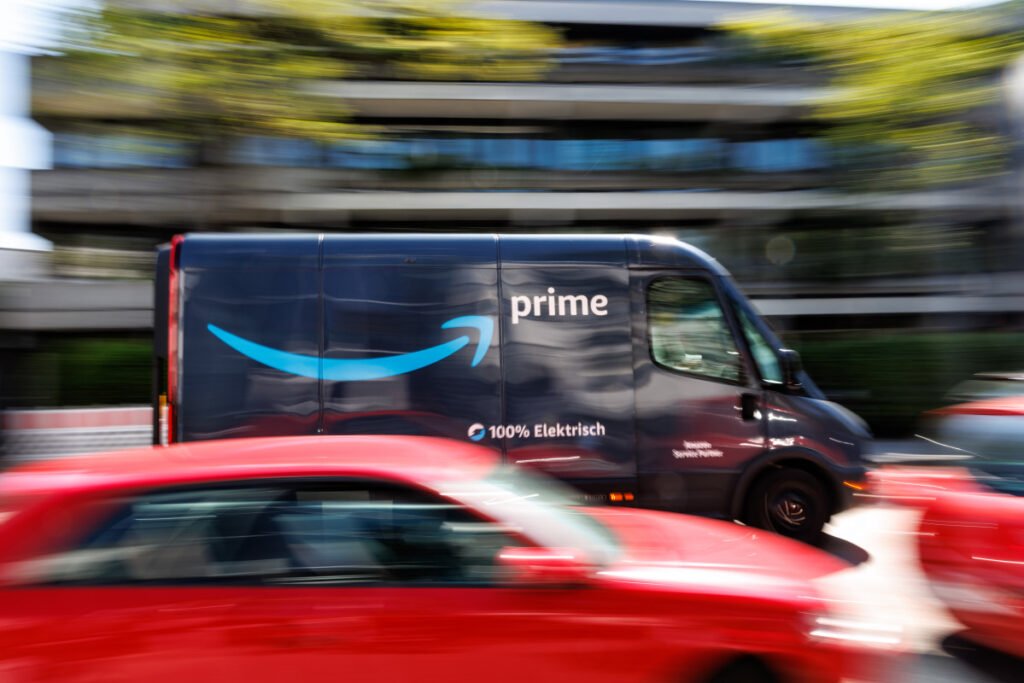
Prime delivery might look a little different
According to a new report published by Bloomberg, the American online retail juggernaut may be shaking up the fleet of vehicles that its Prime delivery drivers use to make deliveries. Per the report, Amazon has been quietly testing General Motors’ Chevrolet BrightDrop vans as it continues exploring options to reduce the carbon emissions from its ever-reaching last-mile delivery operations.
“We’re committed to having 100,000 electric delivery vehicles on the road by 2030, and we regularly test various vehicle options — including a small number of Chevrolet BrightDrops in our fleet,” Amazon spokesperson Steve Kelly said in an emailed statement to the business publication.
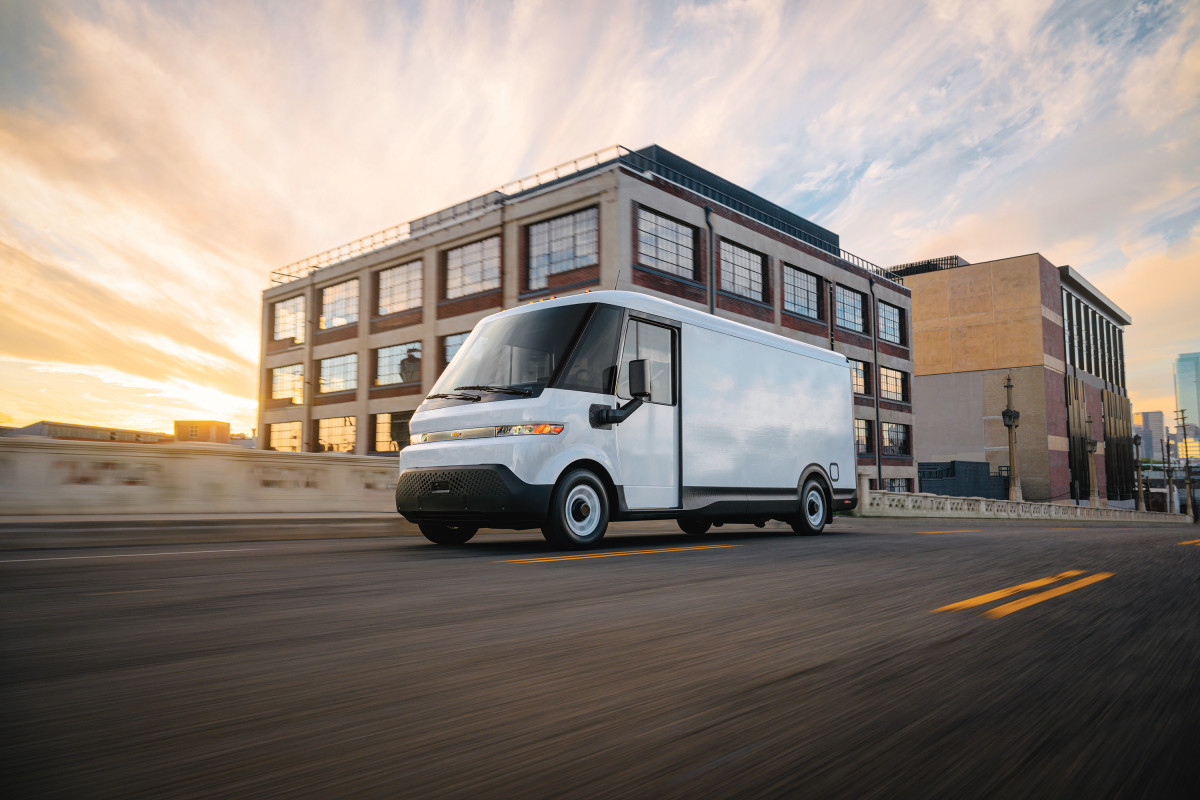
Amazon is stress testing it and other vans
Per the report, the 12 Chevy BrightDrop vans that Amazon acquired from General Motors are part of a test fleet that includes vehicles built by Ford, Stellantis, Mercedes-Benz, and its former electric vehicle partner Rivian.
The testing is part of a plan to further clean up the Amazon delivery fleet, as some of its deliveries are still powered by gas-powered Ford Transit and Ram ProMaster vans. Amazon has promised to have 100,000 electric delivery vehicles delivering its packages by 2030, and to reach net-zero carbon emissions across its operations worldwide by 2040.
Getty Images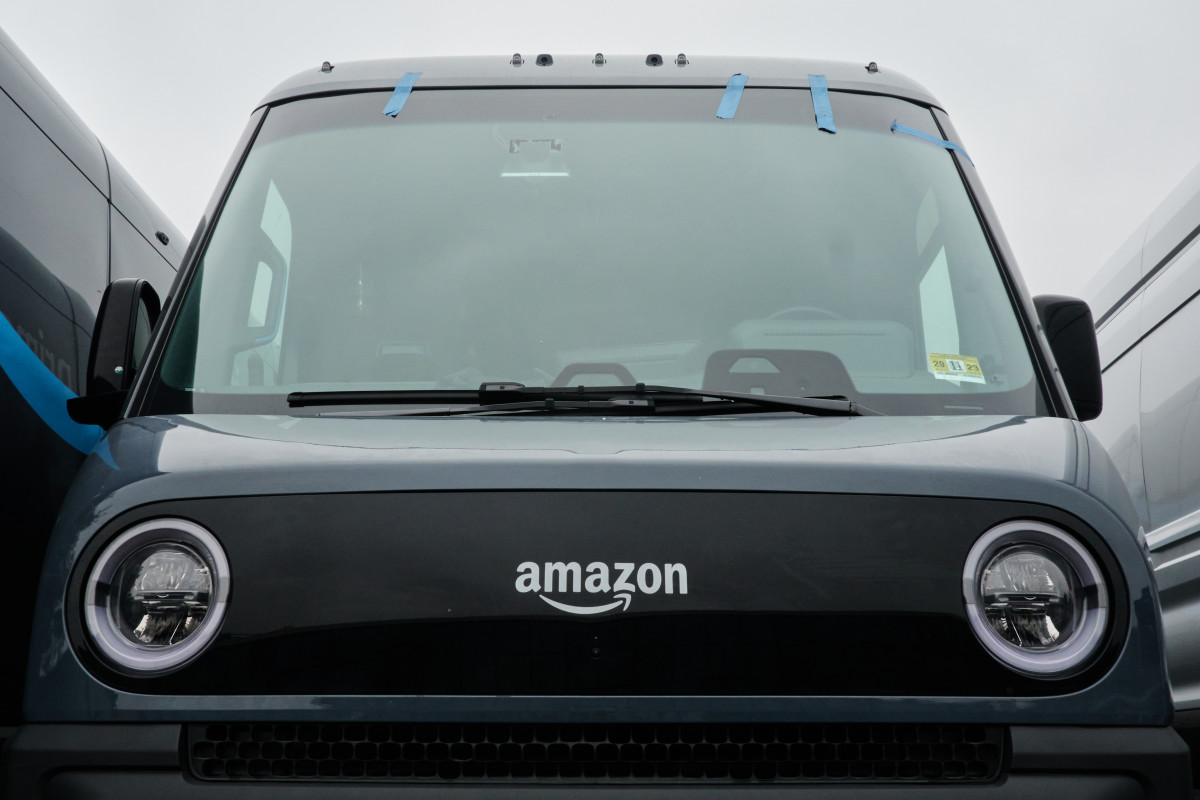
Part of that journey was previously powered by Rivian. In 2019, it inked a deal with Amazon that saw the adventure EV maker dive headfirst into an agreement that set the foundation for its current commercial vehicle venture. As part of a $1 billion investment in Rivian, Amazon agreed to buy 100,000 vans by 2030, under which terms, Amazon would be its exclusive customer. However, the two companies would end the exclusivity period in 2023, which enabled Rivian to sell its vans to other businesses.
A potential lifeline for GM’s van venture
For GM, an Amazon contract would inject some new life into its young commercial EV business, which hasn’t been exactly smooth sailing as of late. Last year, GM folded BrightDrop into Chevrolet in an effort to boost its sales performance and unlock more dealers.
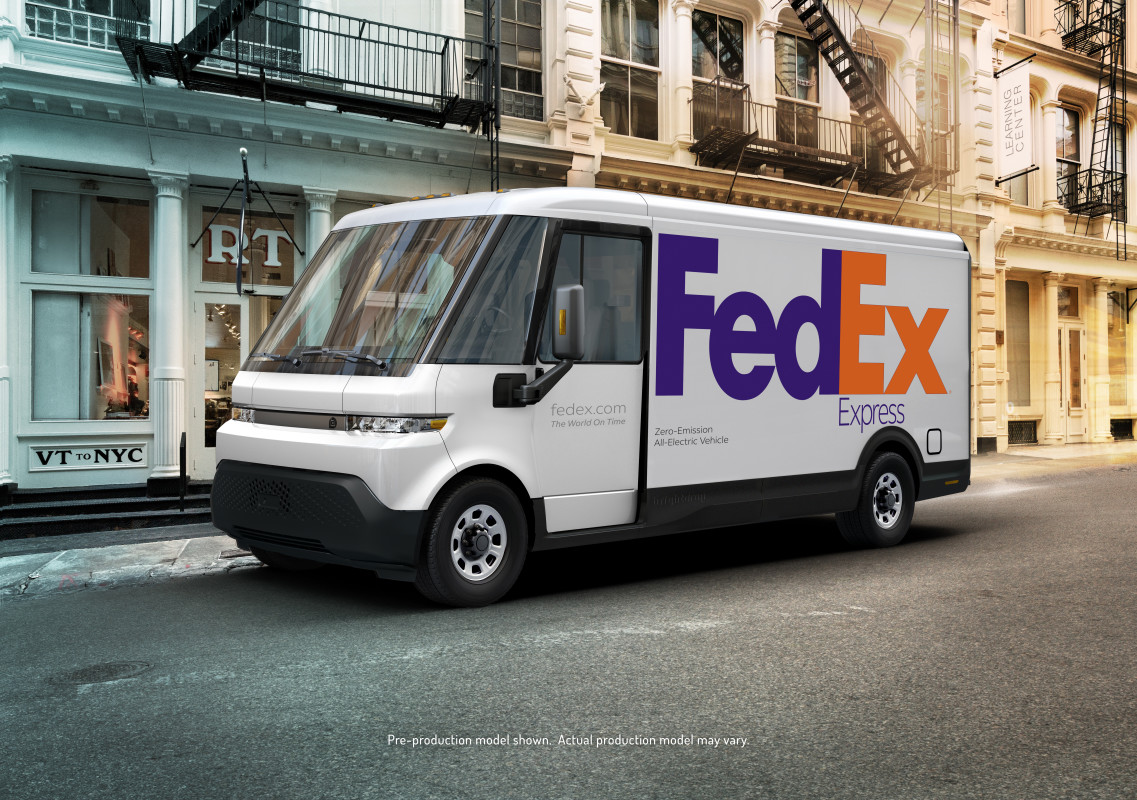
BrightDrops are manufactured at the CAMI Assembly plant in Ingersoll, Ontario, and amid cross-border tariff struggles, the plant has implemented austerity measures as vehicles have piled up at the border. Production halted in April, and as of recently, it has been operating on a one-shift schedule, a reduction that resulted in the permanent layoff of 500 workers. BrightDrops are already in use by FedEx and other big fleets like Hertz, Verizon, and Walmart.
In a statement to the Detroit Free Press, Unifor Local 88 plant chairperson Mike Van Boekel said that the opportunity to secure an Amazon contract would mean good news for the plant, especially as sales of the BrightDrop have picked up recently. “That’s a potentially big customer,” Van Boekel told the Free Press. “Those are the kinds of customers we need to attract.”
Final thoughts
All things considered, the BrightDrop van has one advantage over the Rivian: price. Per unit, Rivian’s RCV Delivery 700 starts at $87,000, while a 2025 Chevy BrightDrop 600 starts at $80,125 for a single-motor, standard-range model with up to 164 miles of range.
If you ask Amazon drivers themselves, they’d say that the software makes the difference, as Rivian and Amazon closely collaborated on making the in-van software easy to use. In an August 2024 video, YouTuber and Amazon DSP driver Chris Sing noted that, besides comforts like a heated and cooled seat, the Rivian allowed for a seamless experience between what the drivers see on their company-issued devices and the van.
“[After a delivery], the EV sets itself up for me to get to my next stop as efficiently as possible,” Sing said in his video. “[…] All we gotta do is put it in drive, and start traveling.” Hopefully, General Motors will have that sorted out as well.
